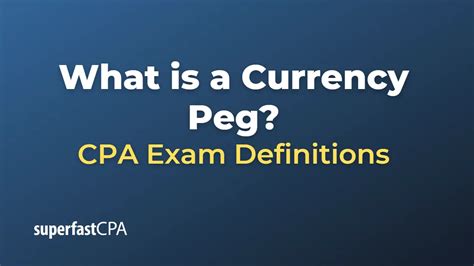“Bridging the Gaps: The Evolution of Cryptocurrency and the Future of Art”

As the world continues to grapple with the complexities of cryptocurrencies, it’s easy to get caught up in the latest trends and market fluctuations. But beneath the surface lie deeper themes that are shaping the future of both technology and art.
One area where cryptocurrency is making significant progress is its ability to facilitate market orders. Traditional markets often rely on fixed or margin exchanges, which can restrict certain types of transactions. Market orders, on the other hand, allow buyers and sellers to agree on a price without the need for an intermediary. This flexibility makes cryptocurrency trading more accessible to a wider range of users.
For example, some cryptocurrency exchanges have introduced market order options, which allow traders to place trades with minimal notice or leverage. While these changes may not be universally accepted, they reflect a growing trend toward greater flexibility and freedom in the cryptocurrency market.
Another area where cryptocurrencies are making significant progress is their ability to achieve price stability through currency pegs. In traditional fiat currencies, central banks often intervene to stabilize the value of their currency by buying or selling on the open market. This intervention can be costly for governments and economies, requiring significant resources and sacrificing potential profits.
In contrast, cryptocurrency markets have taken a different approach. By using algorithms to maintain price stability, exchanges like Coinbase and Binance can achieve greater liquidity and lower costs without relying on central bank intervention. Currency pegs have also enabled the development of stablecoins, which can be easily exchanged for traditional currencies with a fixed exchange rate.
Speaking of stablecoins, they have become increasingly popular in recent years. Stablecoins are designed to maintain a fixed value relative to their traditional counterparts, making them an attractive option for users who want to store value without being exposed to market volatility. Ethereum’s native cryptocurrency, dAI, is one example of a stablecoin that has gained widespread adoption.
But stablecoins aren’t just useful for storing value; they’re also being used in innovative ways to create new forms of art and collectibles. The use of blockchain technology has allowed artists like Cryptokitties creator Sean McKittrick to create unique digital collectibles that are stored on the Ethereum network. These collectibles can be bought, sold, and traded using cryptocurrency, adding a new layer of complexity and sophistication to the dynamics of the traditional art market.
As the world becomes increasingly digital, it’s clear that cryptocurrency is playing an increasingly important role in shaping our financial systems and our creative endeavors. Whether through market orders, currency pegs, or stablecoins, cryptocurrency helps us navigate the complexities of today’s economy with greater ease and flexibility. And as we continue to push the boundaries of what’s possible, one thing is clear: the future of art, finance, and cryptocurrency will be shaped by the same forces that are currently driving innovation in these fields.
Cryptocurrency Art
There are several resources available for those interested in exploring the world of crypto art. Some popular platforms for buying, selling, and collecting digital collectibles include:
- OpenSea: A marketplace for buying, selling, and trading NFTs (non-fungible tokens).
- Rarible: A platform for creating, buying, and selling unique digital assets
- Mintable: A platform for creating, buying, and selling minted art
These platforms offer artists a variety of features and tools to create and manage their own digital collectibles.
